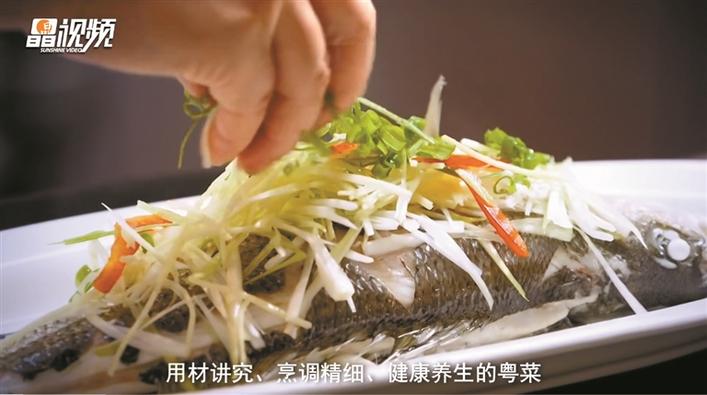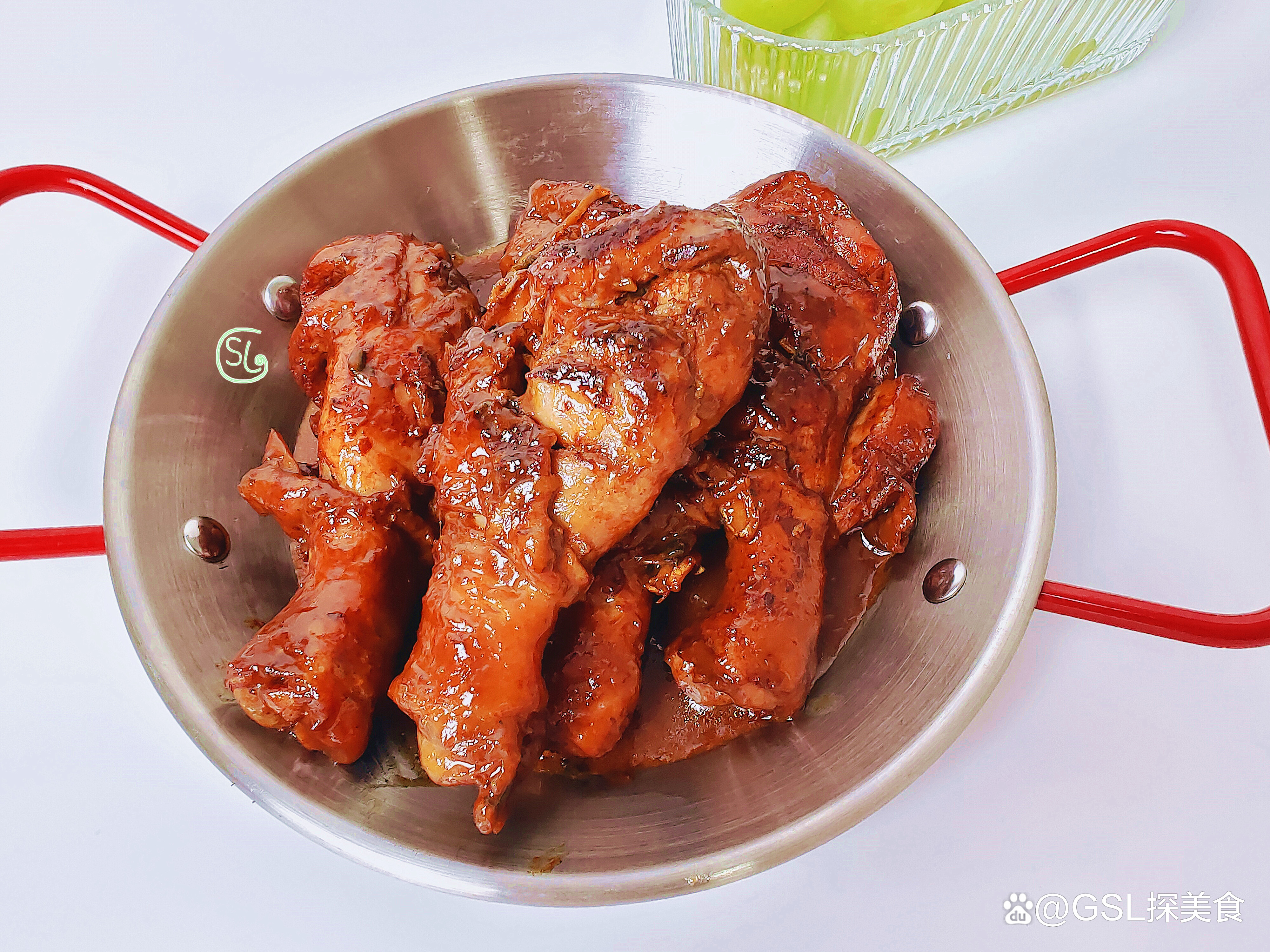The "whole grain" that has been hot in the past two years is often called "coarse grains"?
Author:China Food Industry Magazine Time:2022.08.05
In the past 40 years, the diet model of residents in my country has changed: the consumption of grain food has decreased year by year, and animal foods and oil intake have increased year by year, resulting in energy imbalances; grain excessive processing causes B vitamin, minerals and dietary fiber loss loss. As a result, the dietary intake is insufficient, which is closely related to increasing the risk of increasing chronic non -infectious diseases.
In fact, there is no distinction between fine food and coarse grains in modern nutrition. In my country's traditional eating habits, there has always been the saying of "coarse grains". We usually say that fine rice and white noodles are fine grains. And coarse grains are relatively fine grains, mainly including grains, such as corn, millet, purple rice, oats, buckwheat, barley (coix seed), etc.; Miscellaneous beans, such as mung beans, red beans, broad beans, peas, etc. Such as sweet potatoes, yam, potato, etc.
During processing, it was removed from germ and coarse grains of seeds
Can't be called all -grain
Nutrition also emphasizes the concept of "whole grain". Some people are equivalent to all grains and coarse grains. In fact, whole grains and coarse grains are different. The whole grain refers to the embryos, germ, bran, and natural nutrients that are unprecedentedly processed without fine processing or sinking, crushing, crushing, etc. Corn, millet, brown rice, sorghum, corn, etc., and coarse grains are traditional staple foods in my country.
Most of the coarse grains belong to the whole grain, because it has not been excessively processed, retaining the original nutritional value of the grain.
However, some coarse grains are removed from germ and seeds (such as corn crushed) during processing, and cannot be called whole grains. In addition, starch content such as lotus seeds and coriander is high, which can be eaten as a whole grain.
Studies have shown that a certain amount of whole grain intake in the meal is conducive to improving bowel movements, promoting digestive tract health, and reducing the risk of type 2 diabetes, cardiovascular diseases, obesity and tumors.
The whole grain is not a lot of goodness
Those who lose weight, anemia, and calcium deficiency should not be eaten in large quantities
In this case, will it be healthier with all grains instead of fine rice white noodles as a staple food? In fact, although the whole grain is very good for the human body, it is not a lot of good.
The whole grain is rich in dietary fiber. Eating too much will speed up the gastrointestinal emptiness, so that the food through the gastrointestinal tract is too fast, resulting in a reduction in the digestion and absorption of protein. Affects the body's absorption and utilization of minerals such as iron, zinc, magnesium, calcium.
In particular, people with weight loss, anemia, and calcium deficiency should not be consumed in a large amount of whole grains.
How to eat whole grains scientifically?
Three practical suggestions, please collect it
1. "Chinese Resident Dietary Guide (2022)" Suggestions: Adults intake 200-300g of grains per day, of which whole grains and miscellaneous beans are 50-150g.
The best way for healthy adults to eat coarse grains is to combine the thickness of 1/4-1/3 of the total staple food.
2. Elderly and children with poor gastrointestinal tract function and prone to indigestion, as well as patients with gastric ulcers, gastroesophageal reflux, intestinal bleeding, and postoperative gastrointestinal surgery. The stimulus and damage of the road should not be easily consumed.
If you need to eat such people, pay attention to cooking methods. You can cook the whole grain into softer rice, boil into miscellaneous grain porridge, and make cakes of miscellaneous food noodles.
3. Mix whole grains and miscellaneous grains, make miscellaneous grain porridge, multi -rice, etc., or make all grains and vegetables into vegetable porridge, cold vegetables, vegetable pancakes, etc. to improve the taste.
For example: buckwheat, oats, etc. and rice (the proportion of about 1: 4) is cooked into rice or porridge; add corn flour, buckwheat flour to the flour to make noodles, steamed buns, dumpling skin, etc. While improving the taste, it can also play a complementary role of protein and improve the nutritional value of food. (Edit Li Chuang)
Source: Beijing Youth Daily
- END -
Really fragrant!Shenzhen 40 "Cantonese Master" training base is waiting for you

Crystal Video | Shenzhen Cantonese Master of Cantonese Cooking cultivate hundreds o...
The chicken legs are super relieved, tender and delicious, big mouthful, too happy

In order to read it more conveniently, I will share with you the food production m...